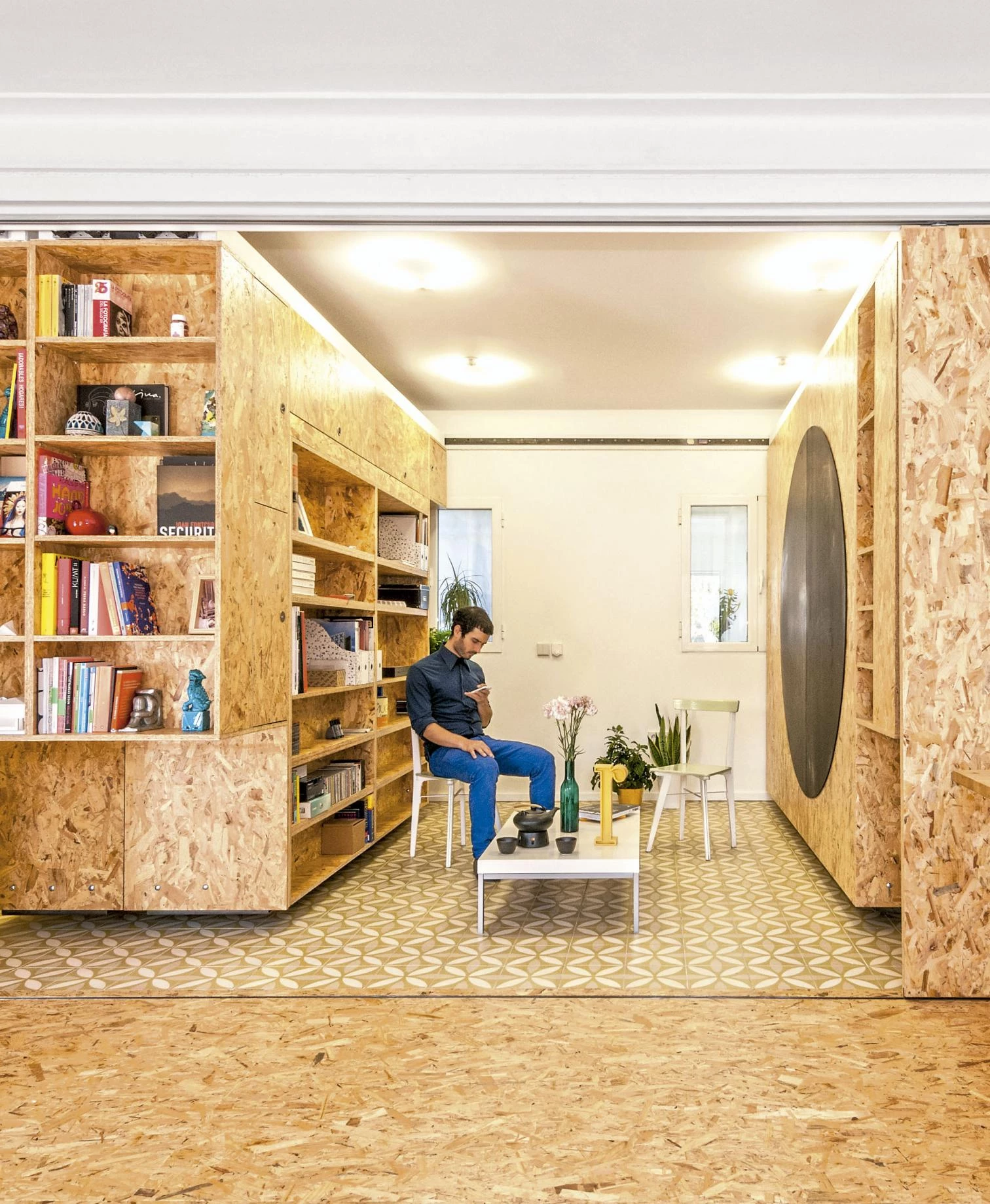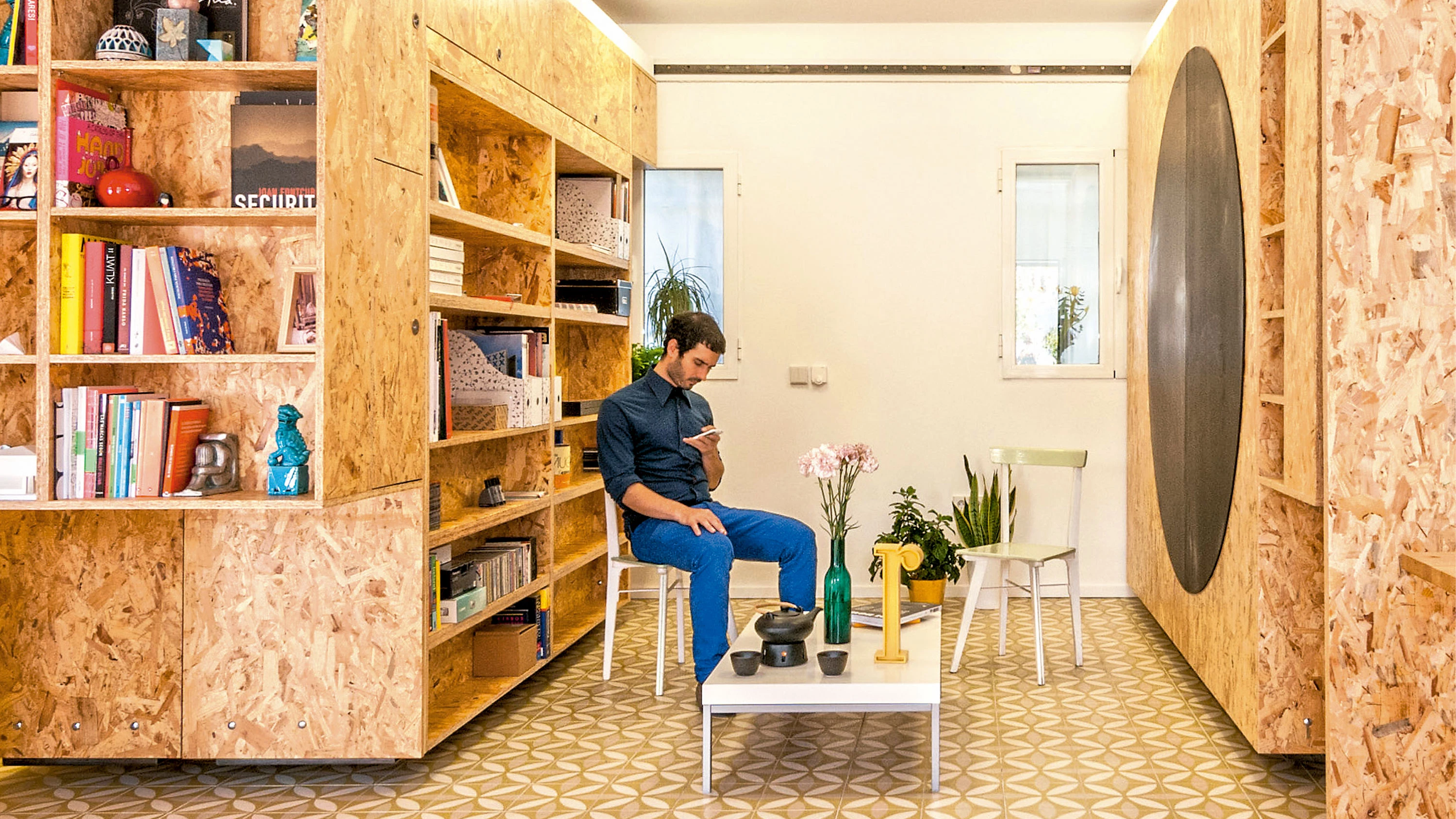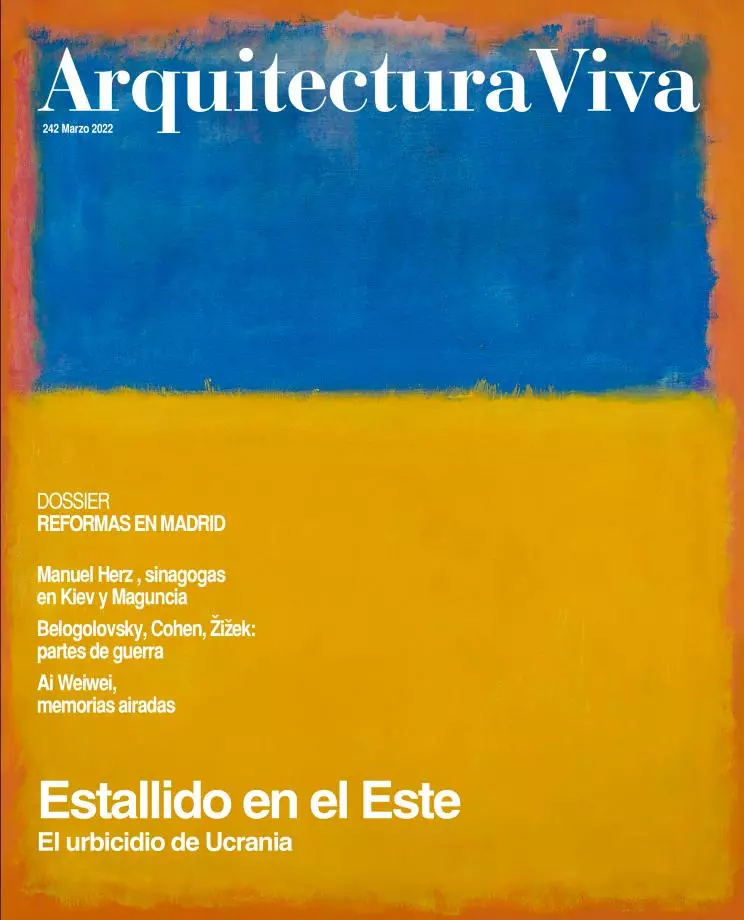Arts of small
Home Renovations in Madrid

PKMN architectures, All I Own House
The house has traditionally been a promising ecosystem for young architects. Straight out of university, inexperienced and with not much to show for on their agendas, ‘newby’ professionals look for work wherever they can, and renovations of the homes of relatives and acquaintances are typical first commissions. This goes as much for those bound to live out modest careers as for those individuals whose destiny it is to end up as great masters: even the likes of Adolf Loos, Le Corbusier, or Mies van der Rohe were architects of modest domestic works for many years – and some never stopped taking on such jobs.
Renovations have therefore played an important role as triggers or launchers of professional careers. A function traditionally accepted and taken on by architects, but which now has acquired different hues. Because of persistent economic crises, inflated numbers of practitioners in the sector, and the waning out of public competitions, and especially in Spain, renovations have ceased to be first rungs in the ladder to bigger assignments, and have become a field in and of its own accord: a field undeniably complex and often unrewarding, but which today is indispensable, not only for young architects to gain experience through, but for architects in general to survive. So it is that the status of renovations has changed: they are no longer just humble built manifestos, but laboratories for experimentation where professionals can test themselves. Laboratories in which the themes traditionally rendered in a major key – scale, spatiality, materials, and even the political ideologies lying behind ‘the domestic’ – are worked out in a minor key.
Arquitectura Viva takes stock of all this through eight home renovation projects carried out in Madrid by a selection of young practices, arranged in a minor-to-major order. Multiple House, a work of P+S, transforms a conventional apartment with adaptability and restraint as criteria. Lara House, designed by Hanghar, makes spatial and material essentiality its hallmark. Non-Binary Cross Space, by Pachón-Paredes, breaks out of a rigid compartmentalization to configure itself in a fluid scheme. Eulalia, by Burr Studio, radically maintains the preexisting building’s industrial nature. The Day After House, by TAKK, proposes a radical interpretation of the traditional layout of ‘summer’ and ‘winter’ apartments. El Garaje, by Nomos, makes a virtue out of necessity (a good motto, perhaps, for interventions of this kind), turning an automobile repair shop into a flexible dwelling. Trap, by Studio Animal, is a street-level residence for an urban music artist. And finally, In Truss We Trust, by the firm Ruizesquiroz Arquitectos, merges the domestic and the professional spheres in a reinterpretation of lofts.

Husos Architects, 'A boy, his bulldog, an orchard and the house they share'






